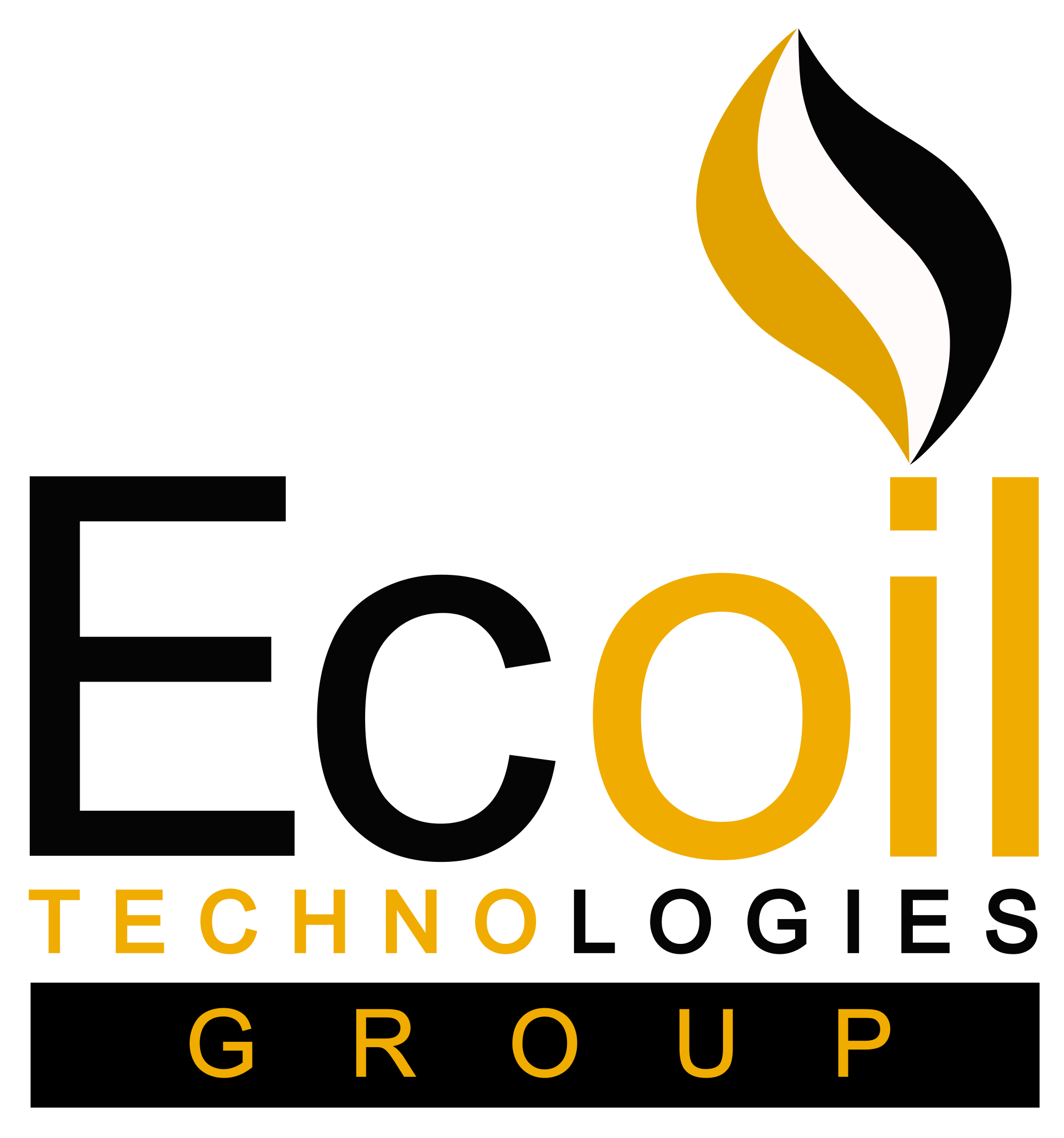Thioscav Q56-68
Effective Hydrogen Sulfide & Mercaptan Elimination for Sewer and Industrial Effluents
Clean Water, No Odor – Next-Generation H₂S & Mercaptan Removal
Comprehensive Mercaptan and H₂S Wastewater Odor Control
Ecoil Thioscav Q56-68 delivers advanced, high-performance solutions for controlling H₂S and mercaptan odors in wastewater systems.
Drawing on extensive expertise in removing these compounds across sectors including pulp & paper, landfill gas, wastewater treatment, and anaerobic digester biogas, we offer reliable and innovative approaches that help industries and municipalities meet odor regulations while minimizing harmful emissions.

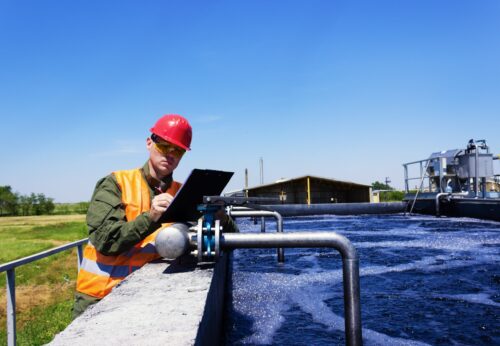
Supporting Communities in Achieving Odor Compliance
Our advanced wastewater treatment solutions go beyond odor control, actively helping to lower emissions. We work alongside communities and businesses to achieve environmental compliance, delivering eco-friendly, high-efficiency technologies that keep the air fresh and clean. Key advantages include fast and long-lasting odor elimination, compatibility with existing treatment systems, prevention of corrosion, safe handling, and cost-effective performance even under challenging operating conditions.
Committed to Environmental Protection
Ecoil Thioscav Q is dedicated to protecting the environment by delivering exceptional odor control, promoting safety, and reducing harmful emissions. Our innovative solutions empower you to optimise wastewater treatment efficiency, extend equipment life, and meet the highest environmental standards — all while showcasing your commitment to a cleaner, healthier future.

Innovative Solutions for Odor Control in Wastewater Treatment
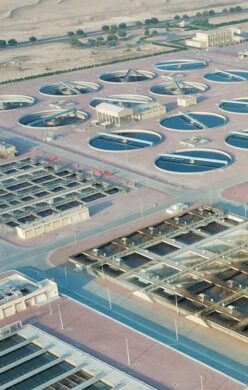
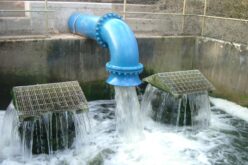
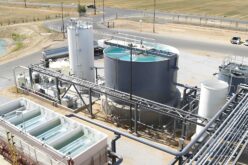
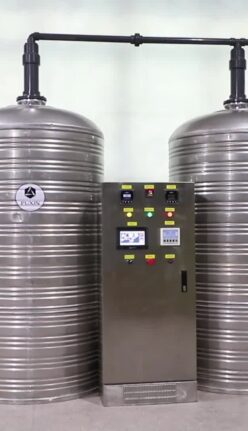
RELEASED caseS
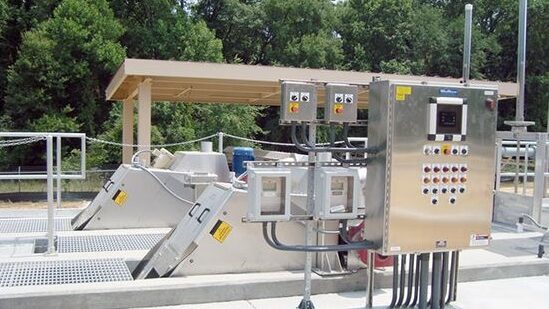
Case 1 – Municipal Wastewater Odor Elimination. Replacement of Sodium Hypochlorite
Location- Middle East
Background
A wastewater facility was treating sewer gas emissions with sodium hypochlorite to control high hydrogen sulfide (H₂S) levels, which frequently reached up to 1,200 ppm. While effective in partial odor reduction, the hypochlorite system had several drawbacks: high chemical consumption, corrosive by-products, safety concerns for operators, and inconsistent H₂S removal during peak loads.
Solution
The facility replaced sodium hypochlorite with the Ecoil non-aldehyde scavenger, designed for selective and rapid H₂S neutralisation without generating corrosive chlorinated by-products. The scavenger was dosed directly into the gas treatment system at controlled rates, ensuring stable performance even during H₂S spikes.
Results:
- H₂S reduction: From 800 ppm up to 1,200 ppm at inlet to <2 ppm at outlet.
- Chemical consumption: Reduced by over 35% compared to sodium hypochlorite.
- Corrosion prevention: No formation of chloride-based corrosion agents, extending equipment life.
- Operational safety: Eliminated risks associated with handling and storing strong oxidisers.
- Environmental compliance: Consistently met local air quality and odor emission standards.
Conclusion
- Switching from sodium hypochlorite to the Ecoil scavenger provided the facility with a more efficient, safer, and environmentally friendly odor control solution, while significantly reducing maintenance and chemical costs.
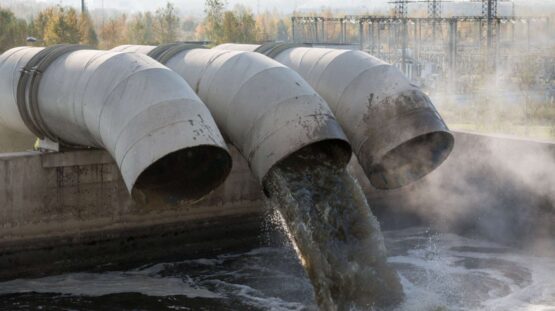
Case 2: – Sewer Network Corrosion Prevention And Odor Control
Location- Central Asia
Challenge: Corrosion damage to force main pipelines due to high H₂S (>60 ppm) during long retention times.
Solution: Continuous low-dose chemical treatment with a safe, non-triazine scavenger, combined with monitoring sensors.
Result: H₂S levels consistently <5 ppm, significant reduction in maintenance costs, and extended pipe life expectancy.
